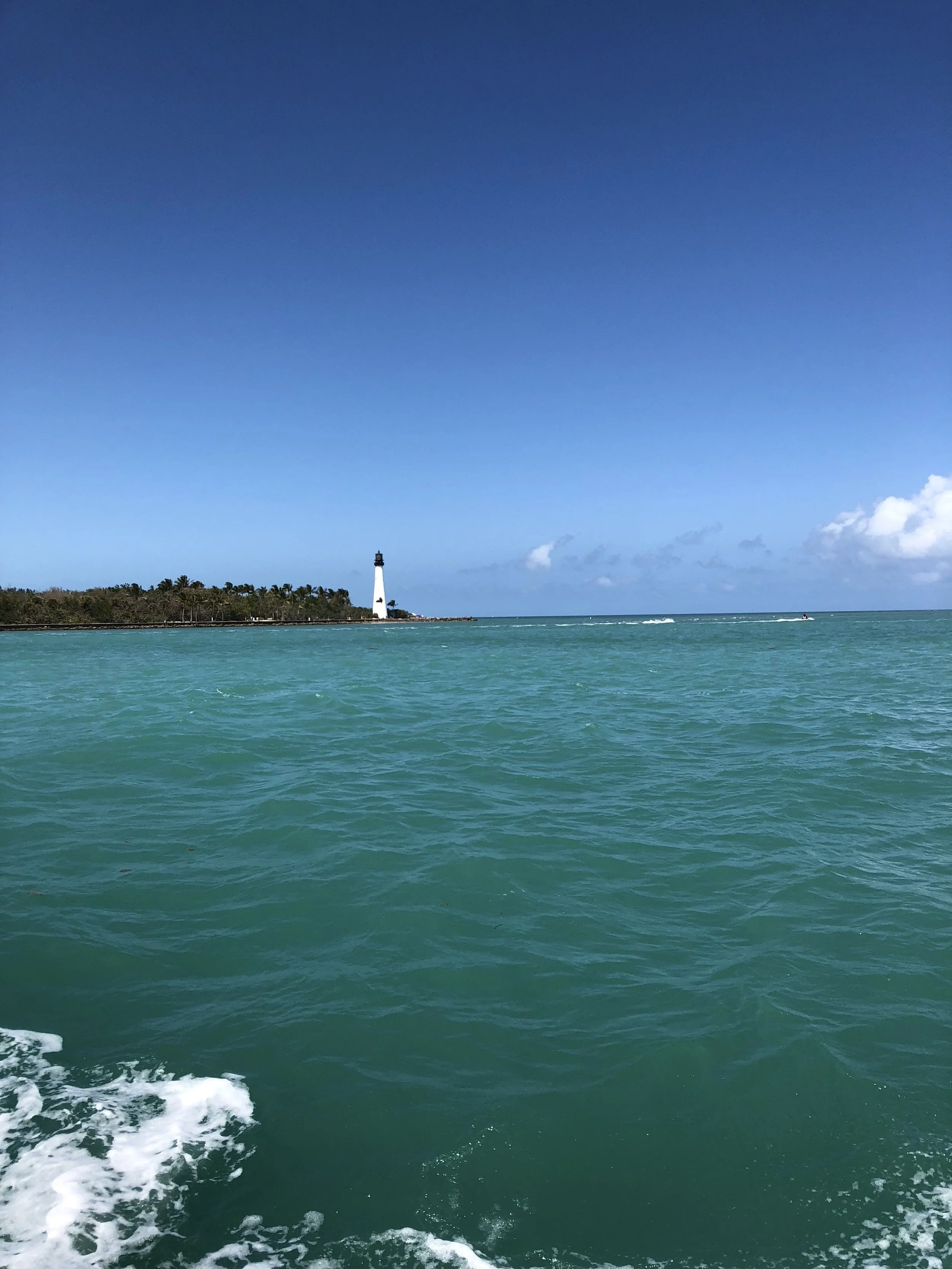Biscayne Bay is home to two state aquatic preserves, a critical wildlife area, outstanding Florida waters (OFWs), a national park and a marine sanctuary, and is also designated as an aquatic park and conservation area by Miami-Dade County. Its calm, protected waters have drawn humans and birds for millennia. This subtropical lagoon provides South Florida with countless economic and ecologic benefits, foremost among them, the bay helps protect our coast from sea level rise and severe storms, serves as nursery habitat for a diverse array of species, and offers residents and tourists myriad recreational opportunities.
For most of the 20th Century, however, Biscayne Bay was exploited and altered to meet the demands of a growing population with little regard for the bay’s health. Protecting the bay and its fragile ecosystems in the 21st Century is more crucial than ever. It requires a community effort to help reverse the toll that the human population has imposed on the bay. Fortunately, there is way forward. The Biscayne Bay Task Force Report has laid out a strategy that was fully adopted by the Board of County Commissioners in November 2021. TAS supports the report’s recommendations.
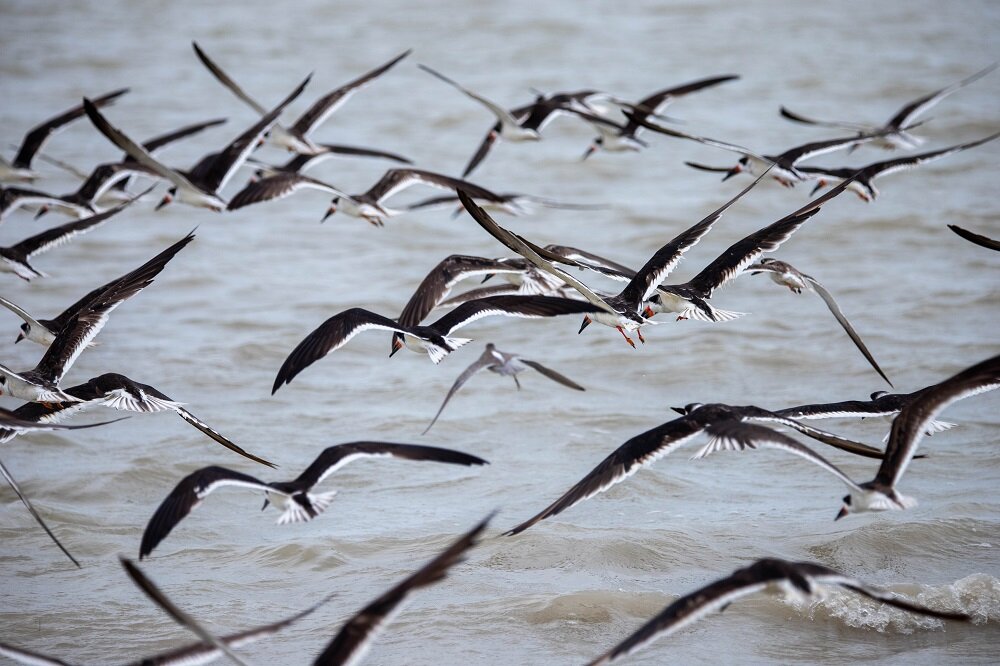
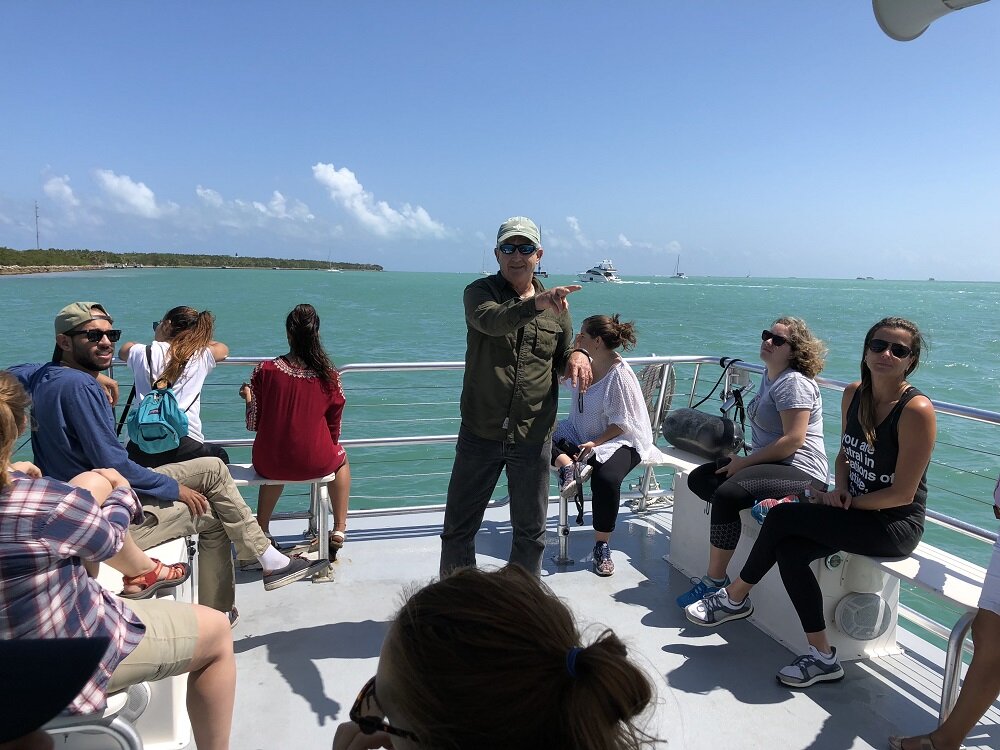
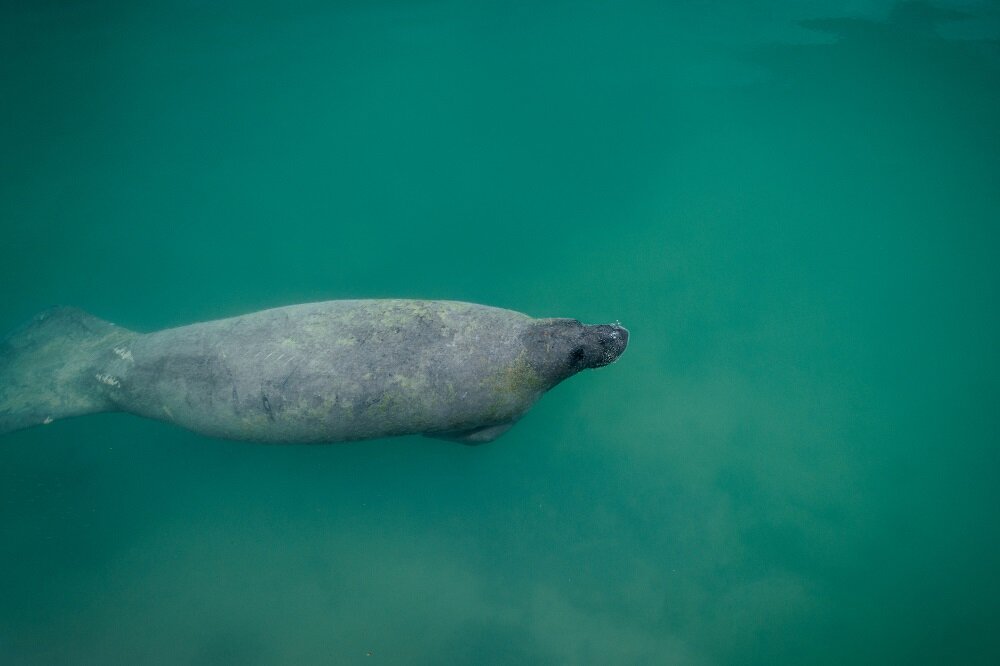
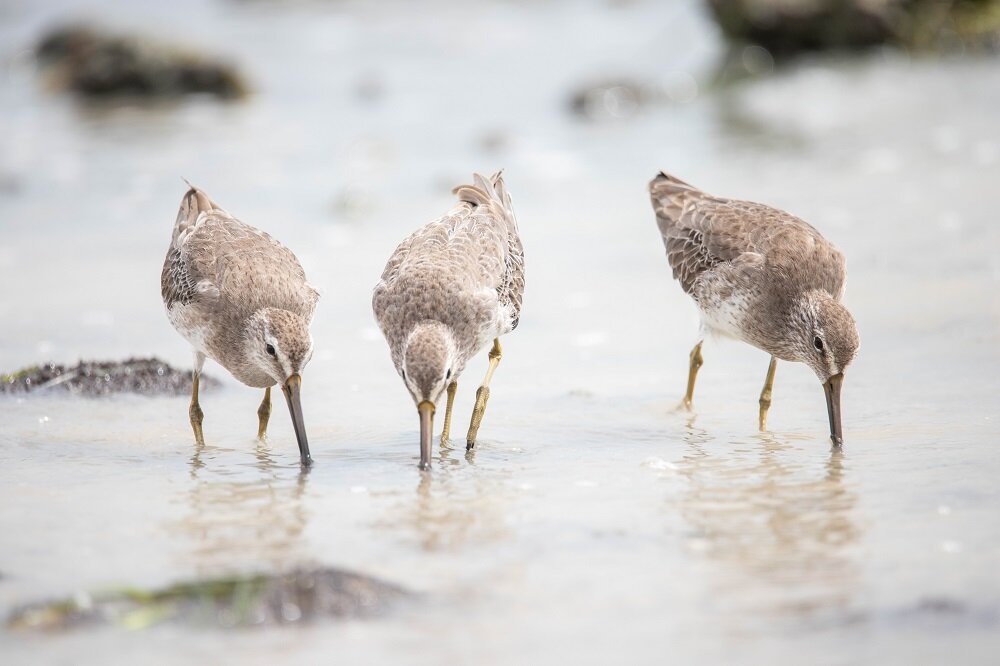
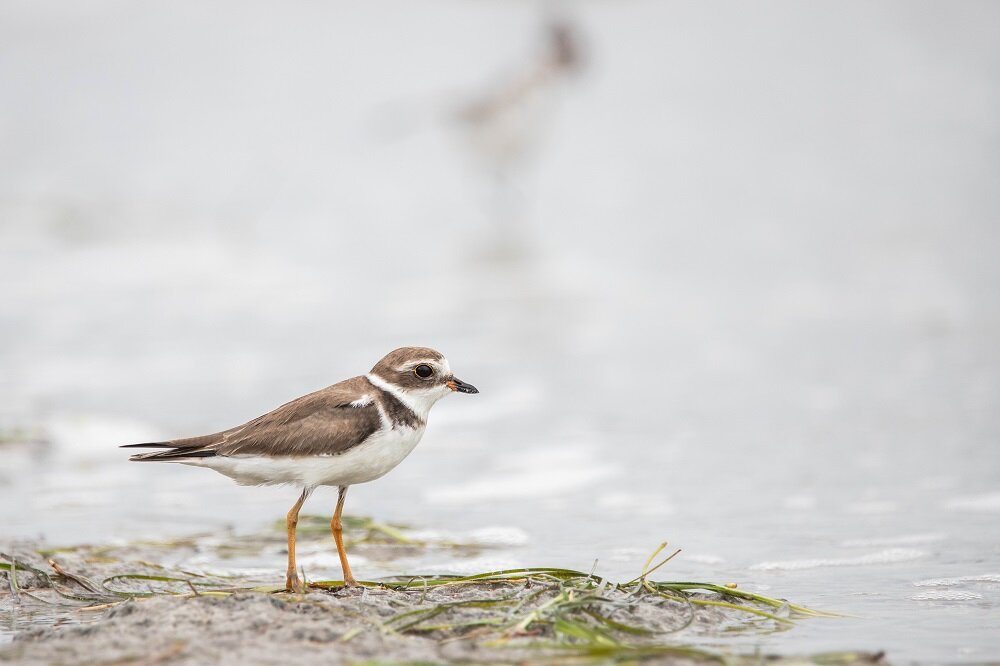
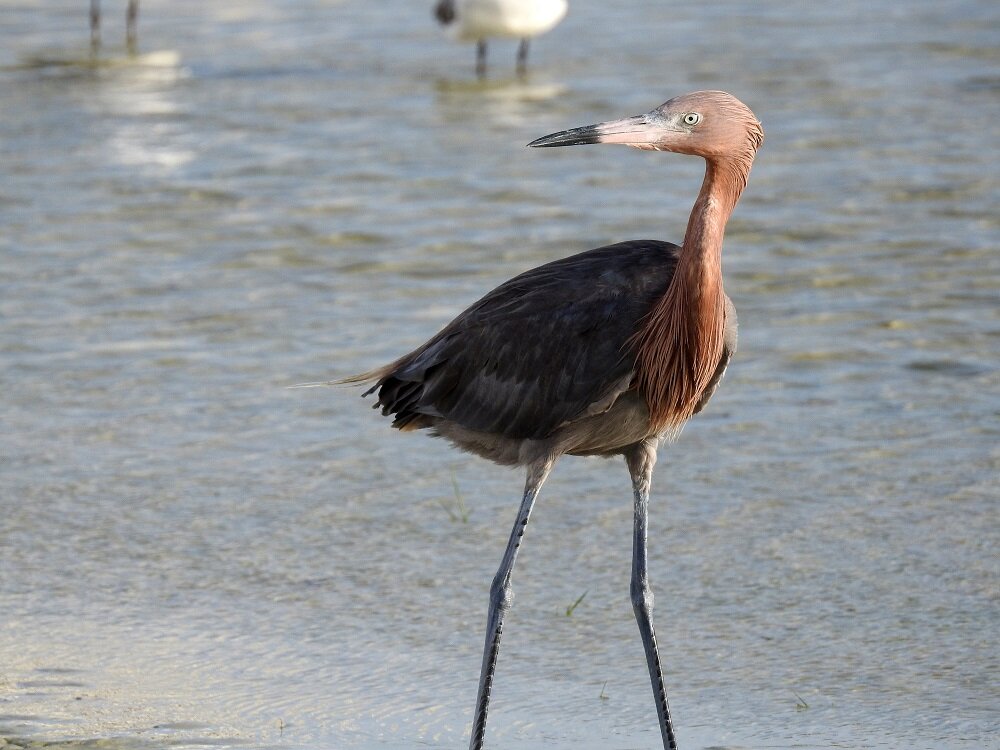
Threats to Biscayne Bay:
Freshwater Flow — Since the bay’s formation between 5,000 and 2,400 years ago, the natural flow of freshwater arrived along its shoreline mixing with ocean waters. This freshwater infusion is important for the bay’s many plants and animals that are adapted to living in a mixed saltwater/freshwater environment. When drainage canals were dug in the early 1900s, the bay’s natural freshwater flow was interrupted and replaced by pulsed point source discharges from the dredged canals and rivers, which have since been dumping contaminated water coming from the Biscayne Bay Watershed. Contaminating activities taking place inland on the watershed degrades the water entering the canals and the bay. Additionally, ground water from the Biscayne Aquifer also provides large amounts of freshwater to the bay and supplies South Florida metropolitan area with its primary source of fresh water. This balancing act illustrates the important connection between a healthy Everglades and a healthy Biscayne Bay.
Water Quality — As a result of our region’s growing population and relentless development, pollution is Biscayne Bay’s biggest environmental concern. Water quality impacts tourism, recreation safety and the overall health of the marine environment. Water quality is determined by monitoring levels of certain nutrients present in the water. Poor water quality has multiple negative impacts and can make the marine environment uninhabitable for birds and marine wildlife. When nutrients are too high, for example, algae grows uncontrollably, an imbalance known as algal blooms. Under these conditions, algae consumes all of the water’s oxygen. The resulting lack of oxygen in the water can then cause large fish kills. The 2000s have seen massive seagrass die-offs, partially due to poor water quality, particularly in the south bay, which, as reported in a 2019 study, had lost 93% of its seagrass in the Barnes Sound and Manatee Bay basins; further north, it’s estimated that Coral Gables’s eastern shoreline had lost up to 85% seagrass coverage. Seagrass is vital to the bay health; it sustains the bay’s marine life, by providing needed habitat for ecologically and economically important fisheries (shrimp, lobster, fish species), and is integral to other ecosystem services such as sediment stabilization, wave attenuation during storms and carbon capture.
Habitat Loss — Countywide development continues to consume open land at an alarming rate, which adversely affects Biscayne Bay’s ecosystems. The Biscayne Bay Watershed is increasingly urbanized, and is losing green spaces that otherwise provide water filtration benefits. Additionally, many coastal wetlands, including mangrove communities and saltmarshes, have been replaced with hardened infrastructure such as seawalls and bulkheads. The consequences of hardscaping the shoreline are dire. Mangroves, in particular, are essential in providing nursery habitat for many economically and ecologically important species. Seagrass beds and coral reefs have also been significantly impacted by human interference. The creation of Biscayne Bay National Park in 1980 was momentous in helping to protect these many habitats from further destruction.
Advocating for Biscayne Bay Health
Because a healthy Biscayne Bay is crucial for wildlife, humans and the economic prosperity of our region, Tropical Audubon Society (TAS) advocates for the restoration and protection of this vital natural resource by variously engaging with local, state and federal organizations and agencies.
Cape Florida Lighthouse
Most notably:
TAS supports the recommendations of the Biscayne Bay Task Force
TAS engages in the planning process with the U.S. Army Corps of Engineers and its non-federal sponsors to promote substantial restoration of Biscayne Bay and Southern Everglades natural habitats as part of the Biscayne Bay Southern Everglades Ecosystem Restoration (BBSEER). TAS advocates to restore the natural water flow to the bay, through BBSEER.
TAS continues to advocate for the protection of buffer lands between urban Miami and the bay, and opposes development projects that negatively impact the bay. This includes fighting to preserve the Urban Development Boundary (UDB)
TAS advocates for the use of natural infrastructure to protect Miami-Dade County from storms. In 2020, TAS submitted comments on the U.S. Army Corps of Engineers Back Bay Coastal Storm Risk Management (CSRM) Draft and Programmatic Environmental Impact Statement to investigate solutions to reduce the damage and risks from impacts of coastal storms in Miami-Dade County. Together with conservation partners, TAS urged the agency to include in its analysis a wider consideration of natural and nature-based features (NNBF), and a clearer examination of the relationship of this effort with ongoing projects associated with the Comprehensive Everglades Restoration Plan (CERP). Read the comments to the USACE.
TAS helped secure passage of a strong fertilizer ordinance recommended by the Biscayne Bay Task Force. On April 20, 2021, the Miami-Dade County Board of Commissioners voted to adopt what was considered the "gold standard" of fertilizer bans. Sponsored by MDC Commissioner Eileen Higgins, the new law was viewed as the strongest municipal fertilizer legislation in Florida.
Black Skimmers by Federico Acevedo

